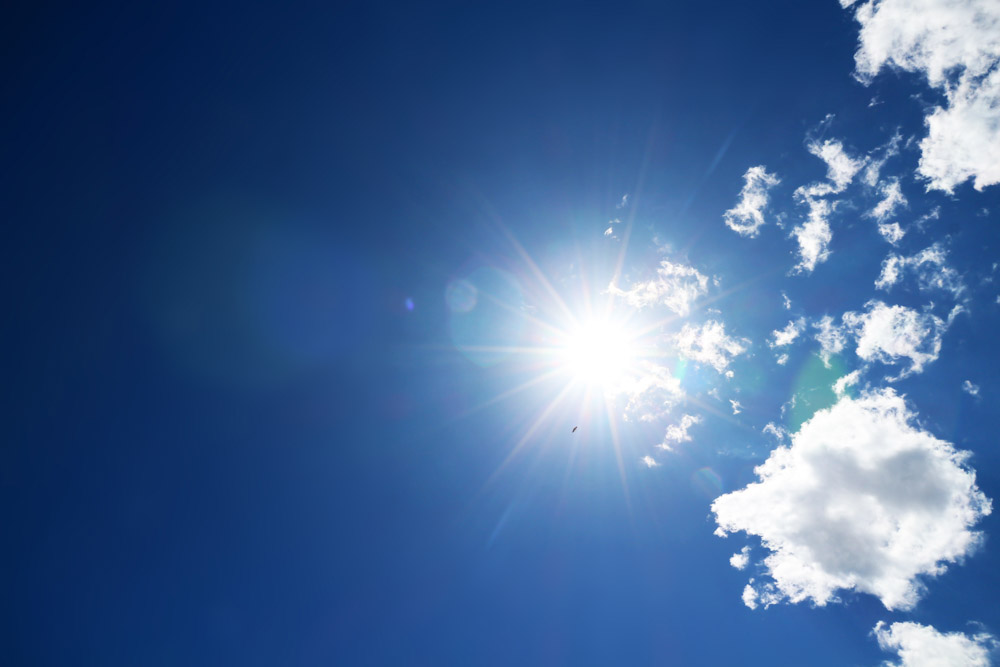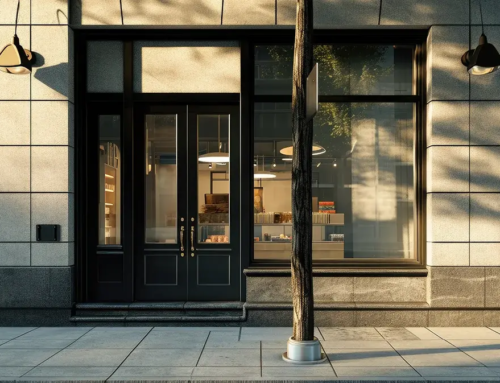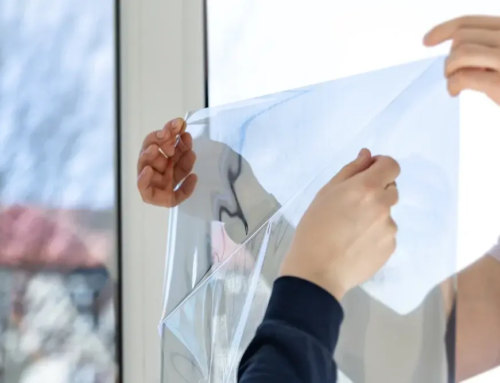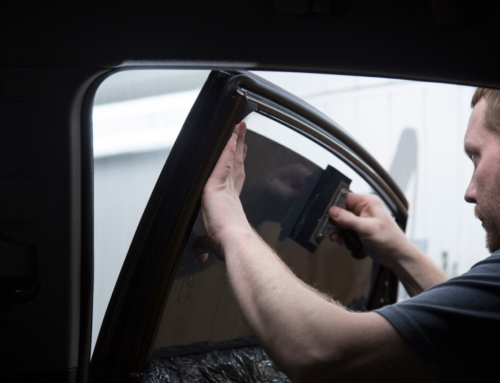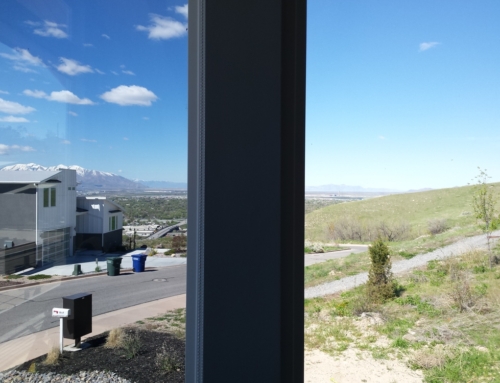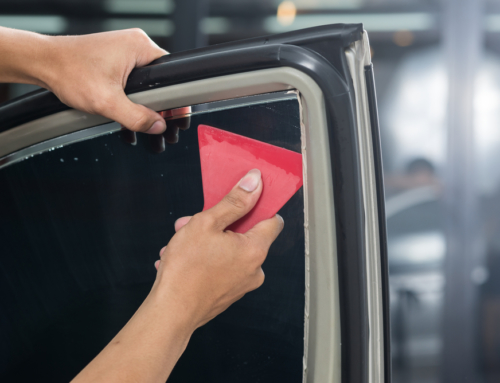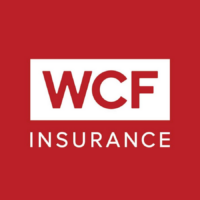Utah glass tinting isn’t just about having a certain aesthetic or blocking excessive heat from entering your windows.
We love glass tinting on a car, office building, and even a home. But do you know some of the nitty-gritty details of UV radiation? Our Utah glass tinting service does more than you may know.
Are Some UV Rays Good?
Some exposure to UV rays is actually beneficial to us. UVB rays promote the production of vitamin D in the body. So why do we wear sunscreen? You might think wearing sunscreen would prevent the body from producing vitamin D successfully, but it simply lowers the amount; you can easily use dietary supplements and/or food to help the body produce vitamin D. Even if you don’t, you won’t suffer from a vitamin D deficiency by regularly using sunscreen to block UV rays.
The truth is, your risk of sun damage is higher than your risk of vitamin D deficiency.
- 90% of nonmelanoma skin cancers related to UV rays
- 86% of melanomas linked to UV rays
You only need about 10 – 15 minutes of sun exposure, up to three times per week, for UV rays to promote all the vitamin D production your body needs. After that, “extra” vitamin D will just be flushed from the body.
Health Effects of UV Rays
Studies show there are more harmful effects of UV rays than there are benefits. Prolonged or repeated exposure to the sun can cause the following:
- Premature signs of aging – Your skin can prematurely wrinkle, develop sun/liver spots, and/or develop a leathery texture.
- Eye problems – The cornea of the eye can be burned or inflamed with prolonged UV exposure. You could also suffer from cataracts and other vision impairment problems.
- UV rays can weaken the immune system.
Best Ways to Block UV Rays
Knowledge is power, so we have some information about UV rays to help you best protect yourself.
- The harshest hours for UV exposure are between 10 am and 4 pm. Be mindful that UV exposure can be amplified near reflective surfaces, including water and snow.
- UV rays are stronger in spring and summer, and stronger the farther you are from the equator. UV radiation is also harsher in higher elevations.
- UV rays can get through cloud cover, so don’t assume you’re protected on overcast days.
- UV index of 6 – 7 is the highest risk when unprotected from the sun.
- Different types of UV rays carry different levels of energy
- UVA – This carries the lowest amount of energy, and is responsible for signs of aging on the skin.
- UVB – Rated as carrying a middle amount of energy, UVB is responsible for sunburns.
- UVC – Although this is the highest of the three levels, UVC radiation is intercepted by ozone on its way to Earth. As a result, it’s diffused and not as damaging if it does actually reach our unprotected skin.
There are also man-made UV rays, which can include the following:
- Tanning beds
- UV phototherapy
- Black lights
- Malfunctioning mercury vapor lamps
- Welding
Both natural and man-made UV rays can be harmful and are linked to causing types of skin cancer. Specifically, the following has been labeled carcinogenic to humans:
- Solar radiation (prolonged exposure to sunlight without proper skin protection)
- Tanning lights
Now that you know what you’re up against, what can you do to protect yourself? Every time you go outside, use SPF of at least 15, with broad-spectrum protection.
- SPF 15 = filters 93% of UVB rays
- SPF 30 = filters 97% of UVB rays
- SPF 50 = filters 98% of UVB rays
- Glass tinting – filters up to 99% of UVB rays
While we don’t recommend slathering your windows with sunscreen, you can see that glass tinting can offer UV protection comparable to SPF 15+. Simply Cool’s glass tinting installers can put a layer of protection between the sun and your skin, and you won’t have to reapply in two hours.

